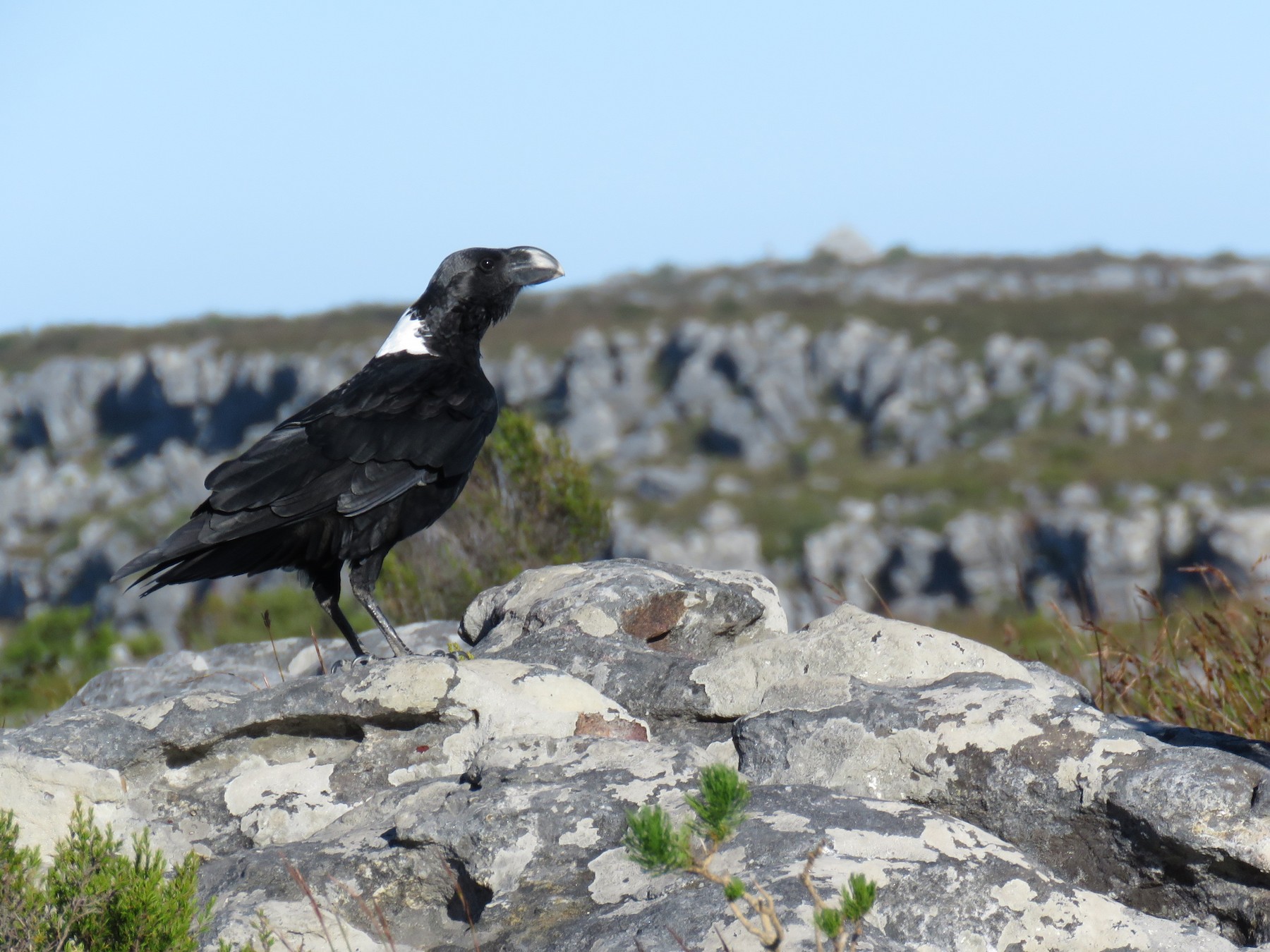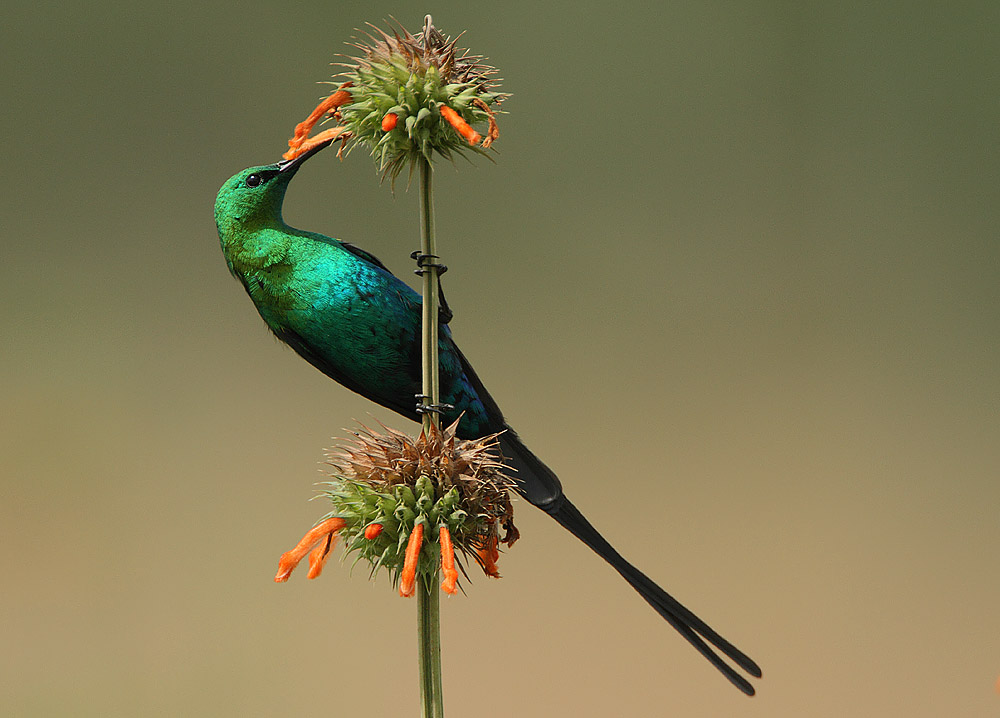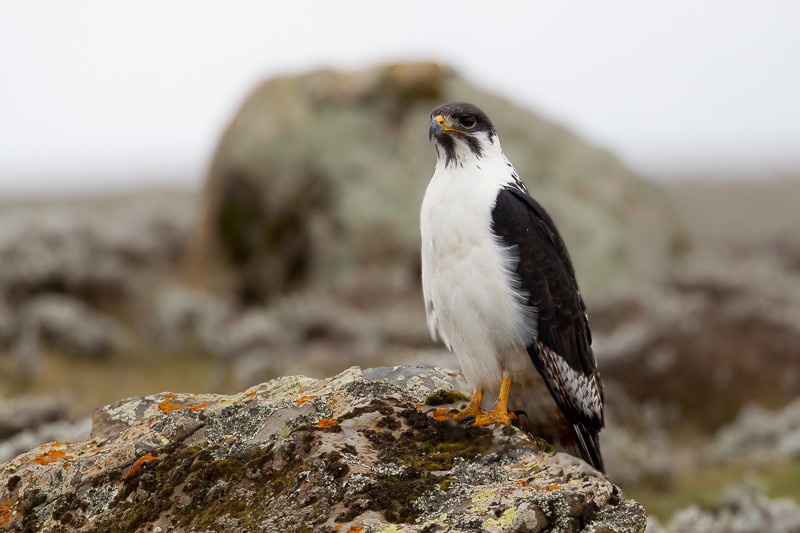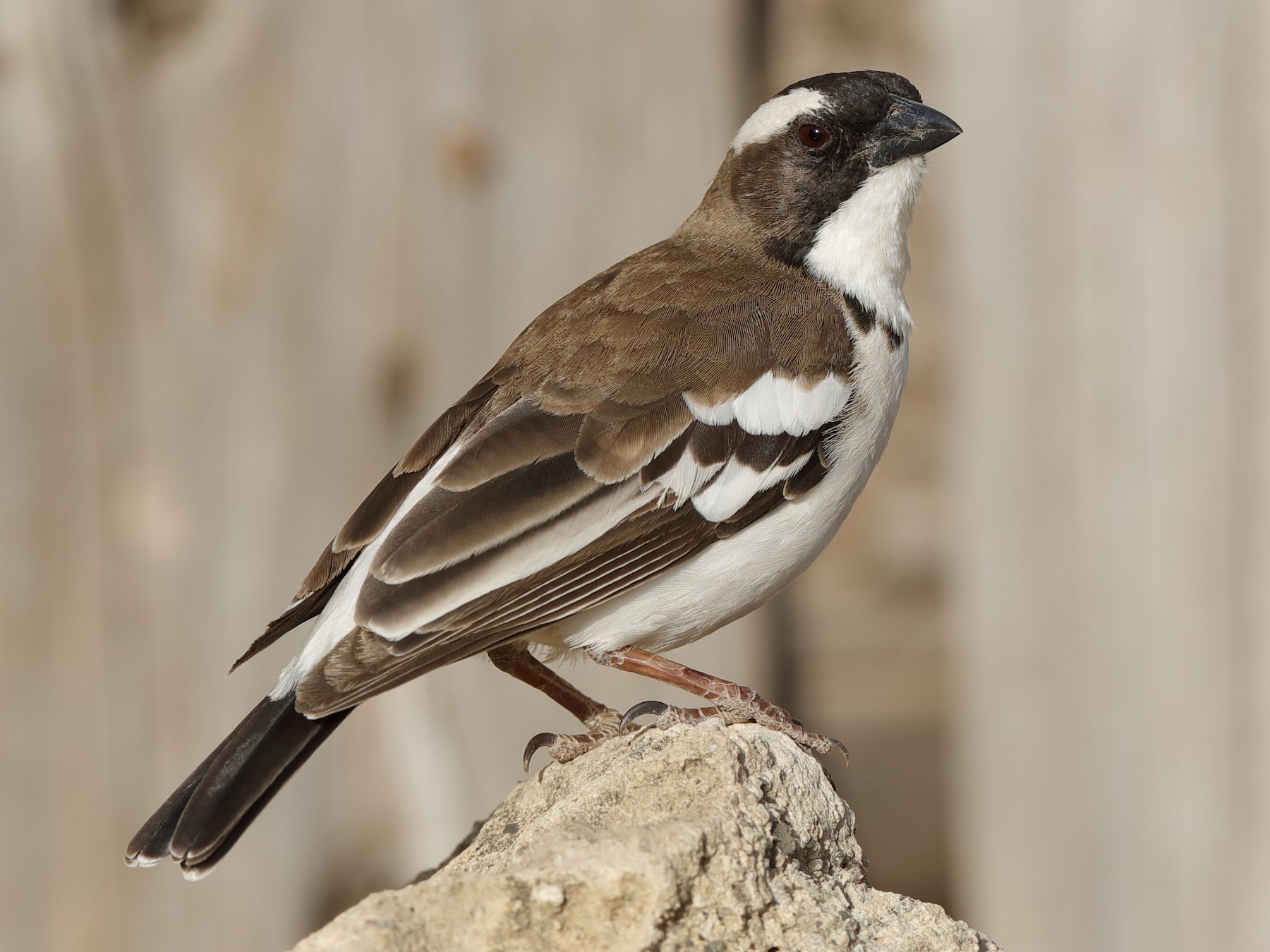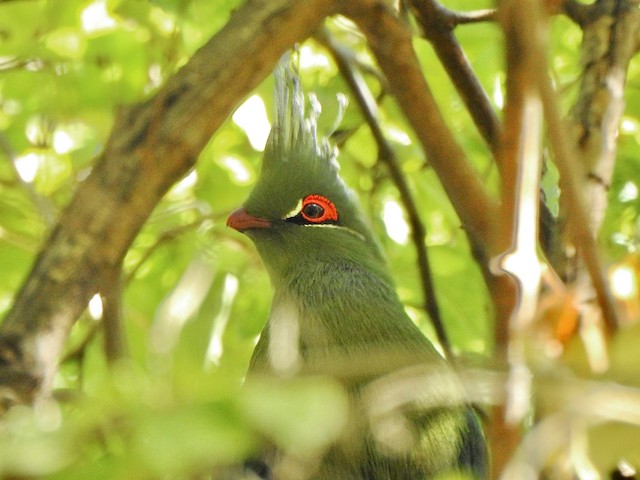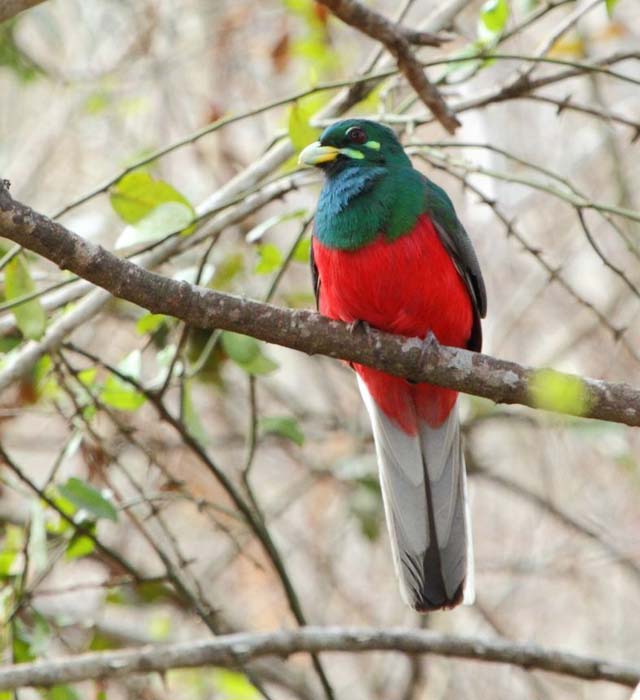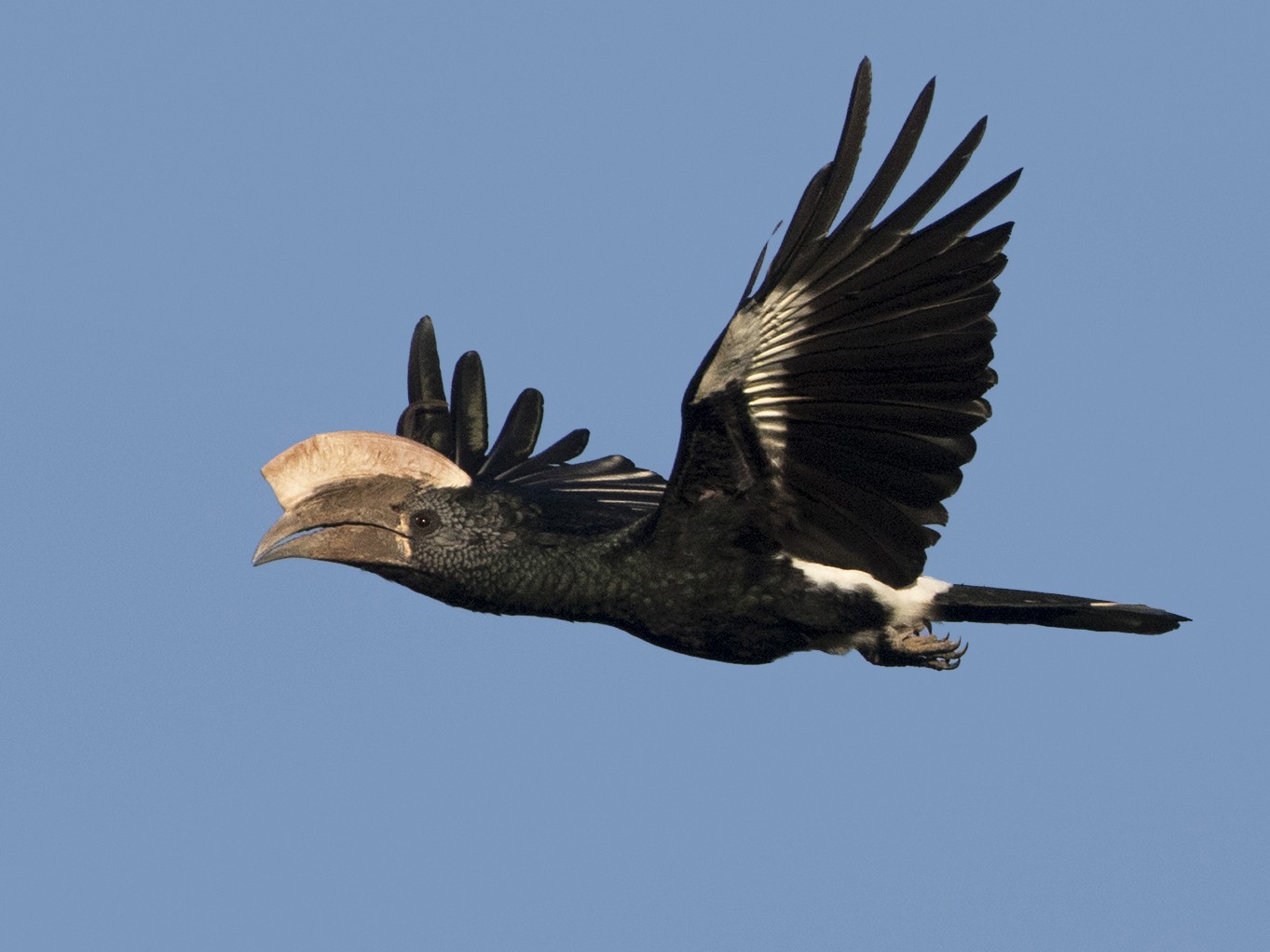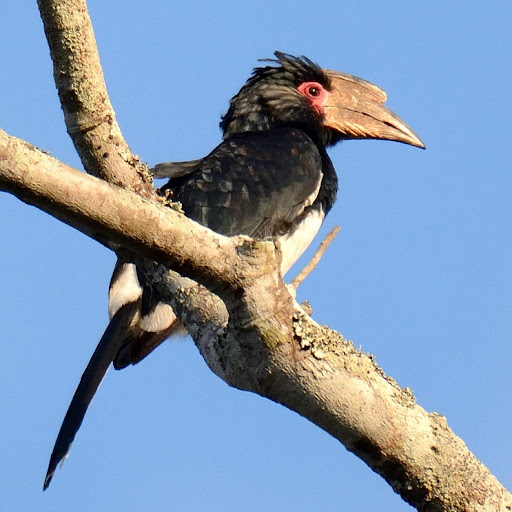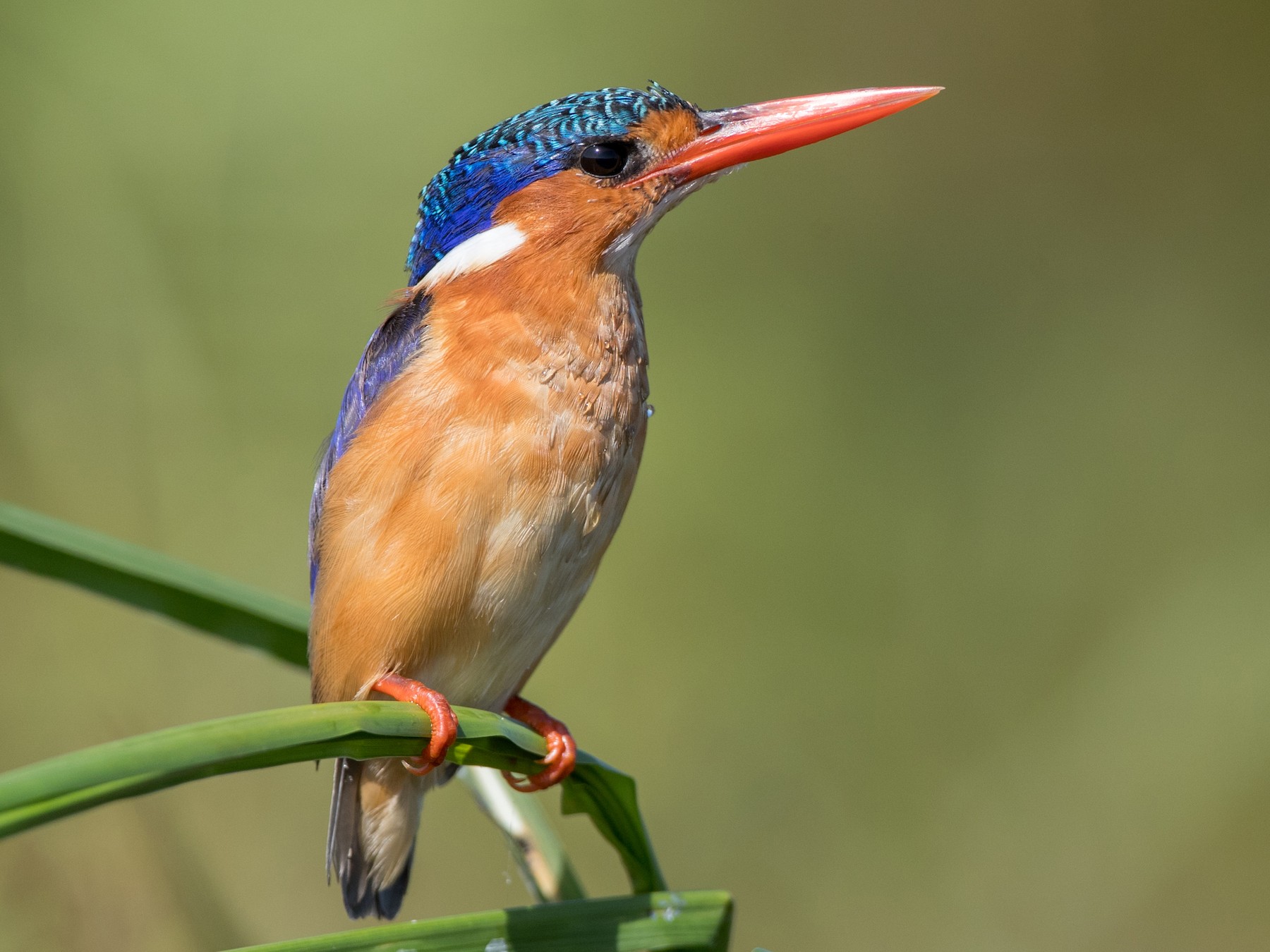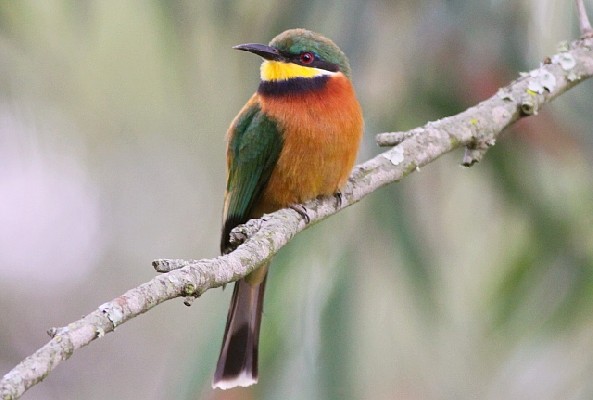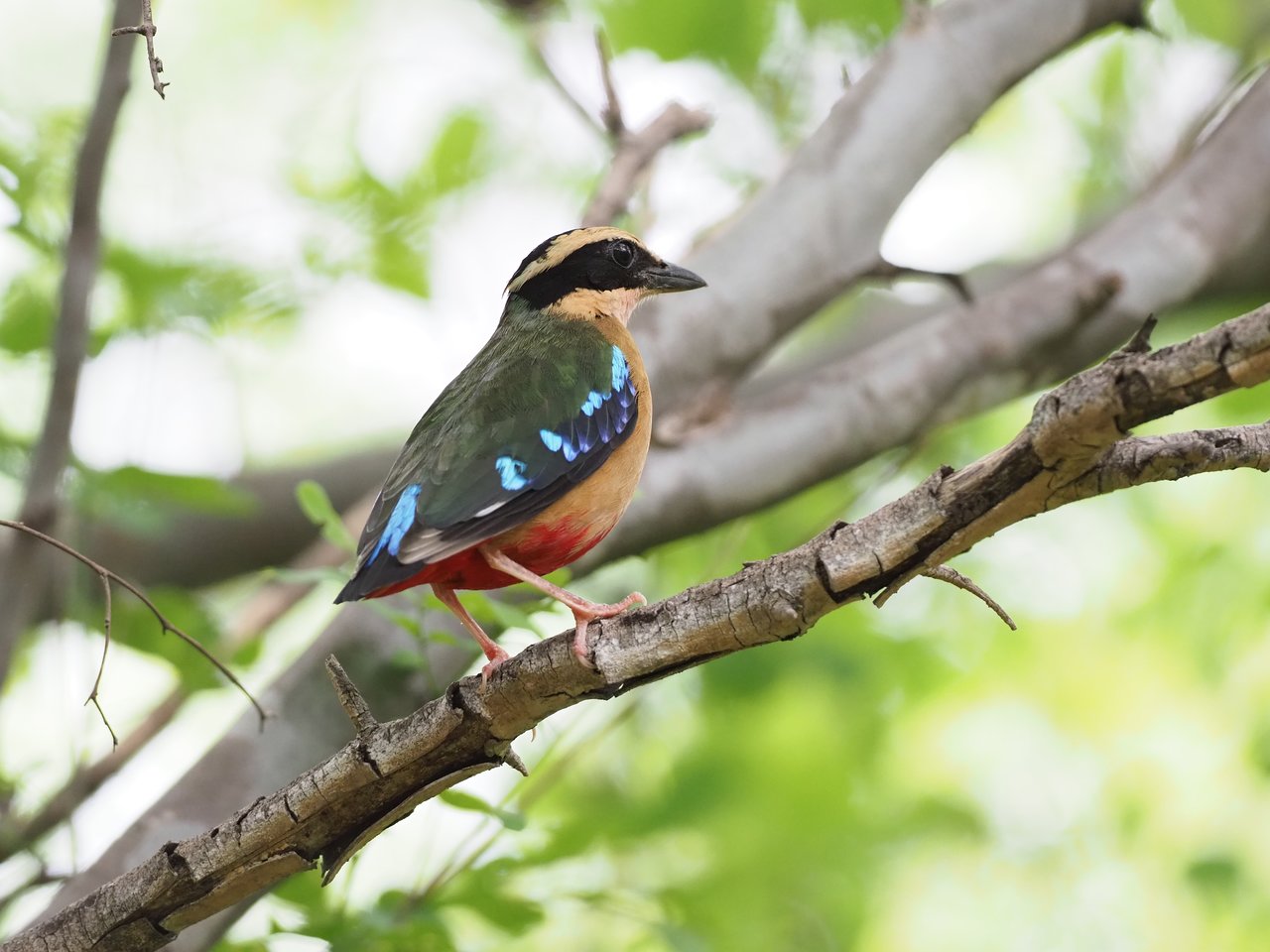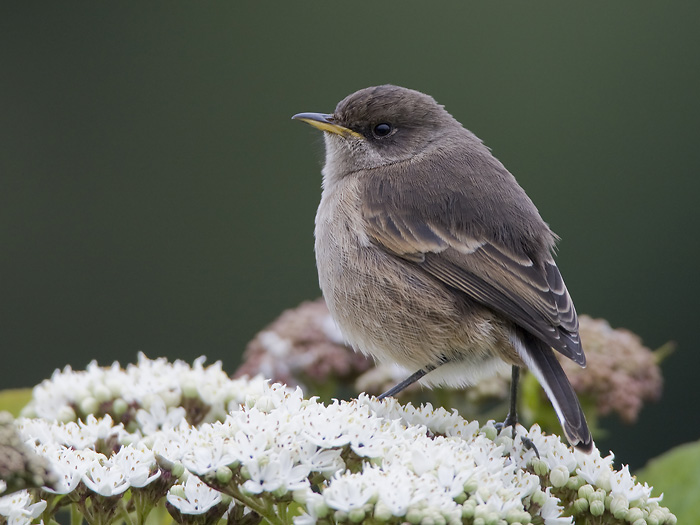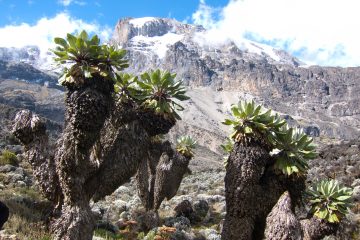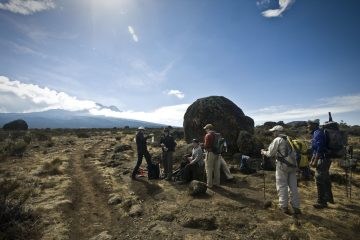The whole of the Kilimanjaro region attracts many varieties of bird species especially the cultivated zone which offers plenty of food for the different types of birds at the base of the mountain. Apart from the most common bird on the mountain, the white-necked raven, you will spot many birds while climbing Mount Kilimanjaro. Some of the birds are shy so you will hear much of their calls even if you don’t catch a glimpse of them. Kilimanjaro is home to different varieties of birds on the different vegetation zones that you will pass through on your way to Uhuru Peak, the summit.
Kilimanjaro is great for birdlife. The cultivated fields on the lower slopes provide plenty of food, the forest zone provides shelter and plenty of nesting sites, while the barren upper slopes are ideal hunting grounds for raptors.
What Birds Can I See While Climbing Mount Kilimanjaro?
Mount Kilimanjaro is home to hundreds of different bird species. Birds flock the whole of Africa especially in the sub-Saharan where Mount Kilimanjaro belongs. Exquisite bird calls can be heard coming from the trees as you traverse the various vegetation zones on the trails of Mount Kilimanjaro.
Below are the few bird species that you will either spot or hear them sing as you make your way to the top of Mount Kilimanjaro.
- vultures
- buzzards
- ravens
- hornbills
- turacos
- shrikes
- hornbills
- cuckoos
- flycatchers
- barbets
- chats
- woodpeckers
- bee-eaters
- sunbirds
Click here to download a full pdf of the Kilimanjaro bird’s checklist.





